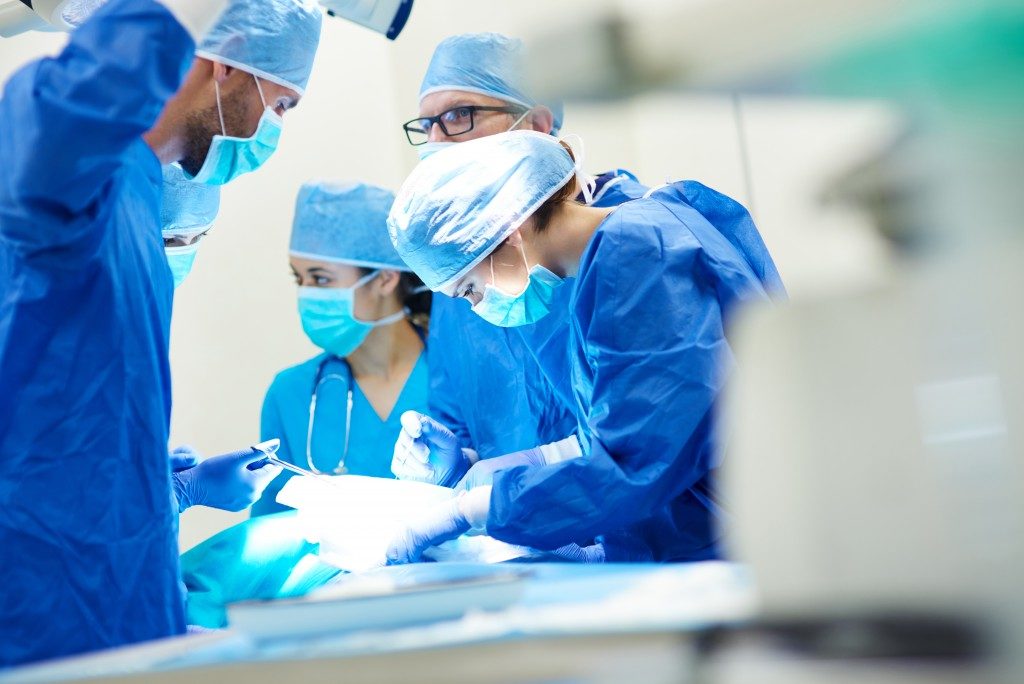Did you know that haemorrhoid is the most common cause of rectal bleeding among adults? Statistics show that one out of 20 individuals in the United States suffers from haemorrhoids. This includes more than half of adults aged 50 and above.
Due to the rising incidence of haemorrhoids, there has been a subsequent increase in the number of surgical procedures to repair the defect. The use of haemorrhoid ligator enables quick repair of the anatomical defect to ensure rapid post-surgical recovery.
What Are Haemorrhoids?
Haemorrhoids are anatomical defects that occur due to bulging veins in the lower area of the rectum. This condition is characterised by swollen veins, which result in the effacement of the vessel lining. As the blood vessels in the rectum become thinner, the entire vessel layer becomes completely stretched, which leads to blood pooling.
Risk factors such as obesity, straining during bowel movement and low fibre diet predispose an individual to develop haemorrhoids. Individuals whose parents have haemorrhoids are also more likely to have this condition. Therefore, surgical correction of the defect in the rectum is crucial for symptomatic relief.
What Is the Treatment for Haemorrhoids?
Surgical management is the mainstay of treatment of haemorrhoids. Although diet and lifestyle modification are initially advised, surgery remains the treatment of choice to provide long-term relief of haemorrhoidal pain.
Haemorrhoidectomy, which is the operative procedure to eliminate haemorrhoids, is one of the most commonly performed outpatient surgeries in the U.S. This technique involves creating incisions around the affected area of the anus to remove the aberrant tissue. Initially, local anaesthetics are applied to eliminate sensation over the area. When complete numbness overlies the region, portions of the anus are sliced away to remove the abnormal blood vessels.
Rubber band ligation is another alternative surgical procedure wherein a blood vessel of the aberrant tissue is the target of the surgery. A small scope is initially inserted through the anus to identify the location of the haemorrhoid until the vessel is ligated and tied off to minimise pain.
What Surgical Instruments Are Used?

Surgical treatment of haemorrhoids involves the use of specialised medical instruments to prevent operative complications. One of the most commonly used instruments in haemorrhoidectomy is the tissue ligator. This device enables separation of the collapsed veins in the rectum that result in haemorrhoid formation.
As the tissue bulges into the anal canal, a band is placed surrounding the abnormal tissue. The ligator provides tight closure of the tissues to impede blood flow into the dysfunctional veins. Single or multiple ligations may be performed based on the location and severity of the affected vessel. As blood flow is obstructed, the tissue gradually becomes smaller, which leads to the natural destruction of vessels that supply the haemorrhoid.
Haemorrhoids cause debilitating pain and discomfort if not treated properly. Surgeons strongly recommend the use of medical devices such as ligators during haemorrhoidectomy to reduce postoperative bleeding. Therefore, it is essential to have an adequate supply of haemorrhoid ligators to reduce surgical complications and improve the quality of life of postoperative patients.
